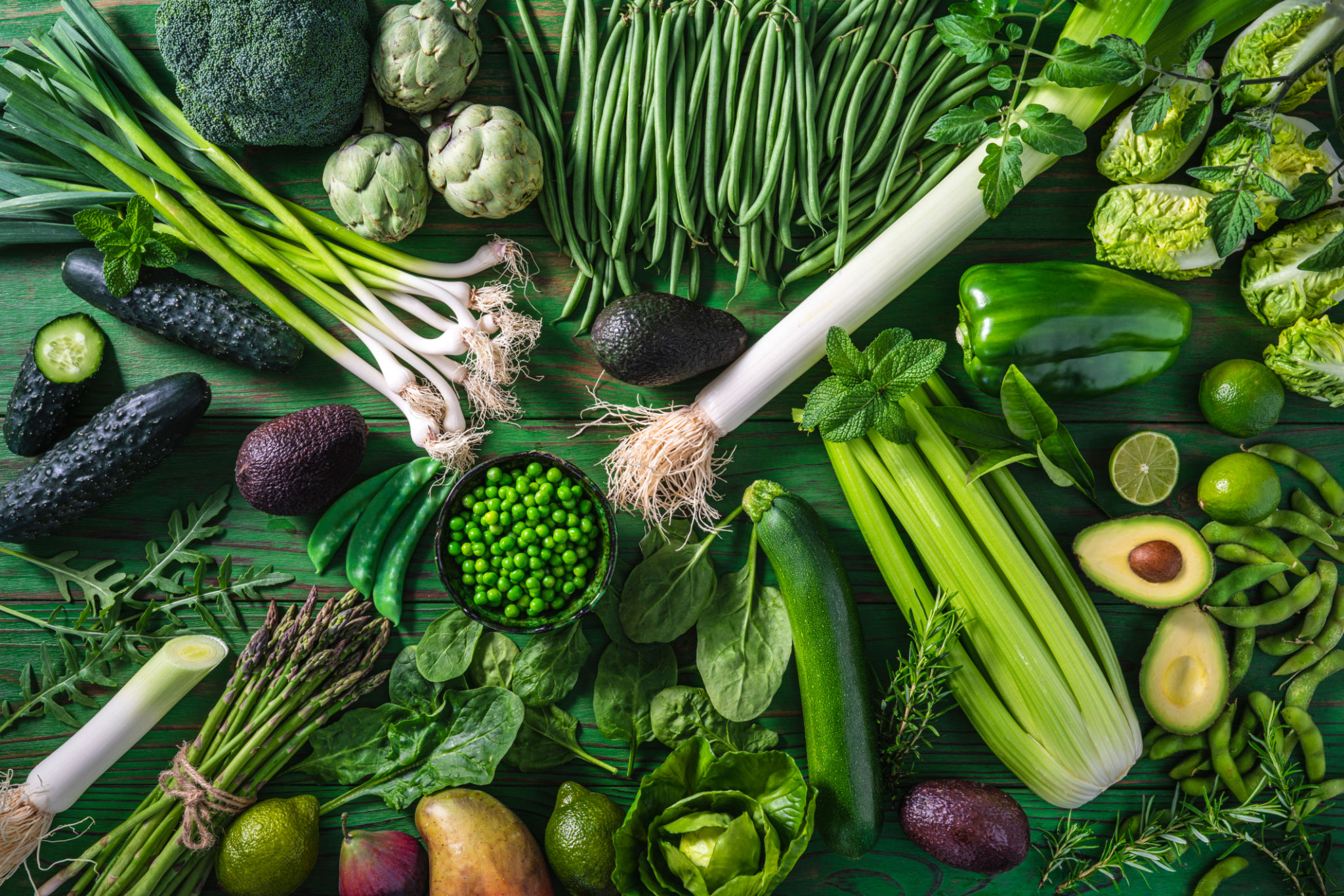How to Incorporate Seasonal Produce into Quick Recipes
Embracing Seasonal Produce
Incorporating seasonal produce into your meals is a delicious and sustainable way to enjoy the freshest flavors available. Not only does it enhance the taste of your dishes, but it also supports local farmers and reduces your carbon footprint. Whether you're a seasoned chef or a kitchen novice, using seasonal produce can elevate your culinary creations.
The key to quick and tasty meals lies in the natural flavors of fresh ingredients. Seasonal produce, ripe and at its peak, requires minimal seasoning to shine. By focusing on what's available locally, you can create dishes that are both simple and satisfying.

Benefits of Cooking with Seasonal Produce
When you cook with seasonal produce, you're not just enhancing flavor; you're also boosting nutrition. Fruits and vegetables harvested at their peak contain more nutrients than those picked early and transported long distances. This means your quick recipes will be more wholesome and packed with vitamins.
Moreover, seasonal produce is often more affordable. There's an abundance of these ingredients when they are in season, which brings down the price. This makes it easier to prepare healthy meals without breaking the bank.
Springtime Delights
As the weather warms up, spring offers a bounty of fresh goodies. Think asparagus, peas, and strawberries. These can be quickly transformed into light salads or refreshing smoothies. For a quick meal, try a simple asparagus and pea stir-fry with garlic and lemon juice.

Summer Abundance
Summer is all about vibrant colors and bold flavors. Tomatoes, zucchini, and berries are at their best during this season. A quick caprese salad with fresh tomatoes, mozzarella, and basil can be a refreshing appetizer or side dish. Alternatively, grill some zucchini slices with a drizzle of olive oil for a deliciously simple side.
Don't forget about berries! Use them in a quick dessert by layering them with yogurt and granola for a healthy parfait. The sweetness of summer fruits can also enhance savory dishes, adding a delightful contrast of flavors.
Fall Harvest
Fall brings earthy root vegetables and crisp apples to the table. Roasting these vegetables enhances their natural sweetness, making them perfect for quick side dishes or hearty salads. Try roasting carrots and beets with thyme for an easy autumn side.

Apples can be used in both sweet and savory dishes. A quick apple compote can be made by simmering sliced apples with cinnamon and sugar, perfect for topping oatmeal or pancakes. For something savory, try adding apple slices to a grilled cheese sandwich for a touch of sweetness.
Winter Comforts
Winter may seem sparse, but it offers robust greens like kale and Brussels sprouts. These can be sautéed quickly with garlic and olive oil for a nutrient-dense side dish. Additionally, root vegetables like potatoes and squash are ideal for hearty soups or stews that warm the soul.
For a simple winter recipe, try roasting Brussels sprouts with balsamic vinegar and honey for a caramelized treat. The combination of sweet and tangy flavors makes this dish irresistible.
- Select produce that is in season locally.
- Use simple cooking techniques like roasting or sautéing to enhance natural flavors.
- Experiment with combining fruits in savory dishes for a unique twist.
Incorporating seasonal produce into your recipes doesn't have to be complicated. By following these tips and being mindful of what's in season, you can enjoy delicious meals that celebrate the best each season has to offer.